By Michael Kennedy, Strabane History Society
Did you know that there is a crater on the surface of the moon named after a Strabane lady from the Derry Road?
On 14th April 1868, a baby girl was born into the family of William Andrew Russell, the minister of the Presbyterian Church at the Manse at Derry Road in Strabane, Co. Tyrone, Ireland and his second wife, Hessy Nesbitt Dill. It must have been written in the stars because this young lady was to become an accomplished mathematician, and one of the most outstanding astronomers of her time. Indeed, the Maunder crater on the moon has been co-named after this Strabane lady and her husband, Walter.
Annie was the oldest of the family of four, two boys and two girls. Rev. William had two children from a previous marriage. One of her brothers, J. Dill Russell, also became a distinguished astronomer.
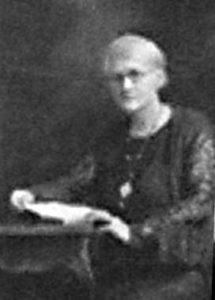 Her father William, son of Alexander Russell of Burnside Cottage, Raphoe, was ordained on 30th January 1846 and spent 36 years in the ministry in Strabane. According to David Killen, there were 102 communicants in the congregation of the 2nd Strabane church, some from the town and many from Lifford and rural areas. Praise for the congregation was contained in a letter from Major Humphrey, the land agent of Abercorn and father of Cecil Frances Alexander, who described Russell as:-
Her father William, son of Alexander Russell of Burnside Cottage, Raphoe, was ordained on 30th January 1846 and spent 36 years in the ministry in Strabane. According to David Killen, there were 102 communicants in the congregation of the 2nd Strabane church, some from the town and many from Lifford and rural areas. Praise for the congregation was contained in a letter from Major Humphrey, the land agent of Abercorn and father of Cecil Frances Alexander, who described Russell as:-
“…..one of the most excellent and hard-working Ministers of the General assembly….”
In 1854 Russell reported that £122-10 had been raised for the church and the building of the new manse at Derry Road. The foundation for the house was laid in 1860 and it was in that house that his daughter Annie was born on 14th April 1868.
Annie’s early education would have been at the “head of the town” at the 1st Strabane Girls’ Presbyterian School, Meetinghouse Street. She would have been taught by Misses Mary and Jane Henderson, and Martha S. Black (the school has since been referred to as Black’s School after the principal, Miss Black). Girls remained at elementary school till the age of 14.
William retired in 1882, though he was listed as Senior Trustee and Secretary of the Board of Strabane Academy School in 1883, around the time Annie was ready for her secondary education.
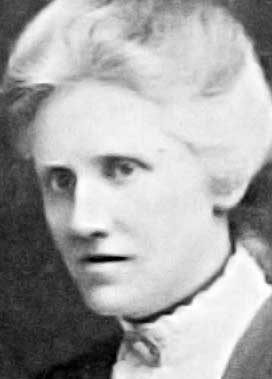 She attended the Ladies Collegiate School, Belfast, founded in 1859 by Mrs Margaret Byers. The school quickly acquired a high reputation for academic excellence and provided a boarding department at Drumglass House in which, no doubt, Annie would have stayed. (in 1887 the college was renamed, by Royal Command, Victoria College, in honour of the Jubilee Year of Queen Victoria).
She attended the Ladies Collegiate School, Belfast, founded in 1859 by Mrs Margaret Byers. The school quickly acquired a high reputation for academic excellence and provided a boarding department at Drumglass House in which, no doubt, Annie would have stayed. (in 1887 the college was renamed, by Royal Command, Victoria College, in honour of the Jubilee Year of Queen Victoria).
From early days in her studies she proved to be a formidable student, and in 1886 she gained the prize for outstanding achievement; she entered the Girton University open entrance scholarship examination, and was awarded a three-year scholarship to Girton College, Cambridge University. In 1889 she was awarded her degree with honours from Girton, having achieved top place in mathematics and ranked Senior Optime in her university list. However, it must be noted that, at this time, as a female student, she was not permitted to receive or accept her B.A. degree award.
In 1891 she started her work as a ‘lady computer’ in the solar department at the Royal Observatory in Greenwich in London. Lady computers were skilled assistants who were paid a miserable sum of £4 per month. She carried out routine calculations to turn raw observations into usable data. She was trained to use a telescope and part of her responsibilities was to track the movements of sunspots and to photograph the Sun.
In July 1892 she discovered a giant black spot on the sun which resulted in a magnetic storm. The significance of this phenomenon was not fully understood at the time, though by 1894 she had devised the Solar Maximum by which she had tracked and identified a high number of sunspots. In this year she joined the British Astronomical Society and soon was appointed as editor of the society’s journal, a position she held for 35 years. She often followed solar eclipses in different parts of the country, and later she travelled to India and other countries to pursue her research.
In 1895 she married her boss, Edward Walter Maunder, and, according to Civil Service rules, had to resign her research post as a result. However, she continued to collaborate with Walter and together they established the correlation between the variations in sunspot numbers and the climate of the earth. This finding continues to inform weather forecasters to this day.
In 1897 she received a grant from Girton College in recognition of her invaluable research work. She used the money to design her own short-focus camera with 1.5 inch lens. This camera was used to great value on 22 January 1898 while on an expedition to India. There she photographed the image of the solar corona during the total eclipse of the sun
In 1908 she published many of her remarkable findings and images of the sun and the Milky Way in a book called “The Heavens and their story” (still available on Amazon from £10-£33) Her outstanding research led to her election as a fellow of the Royal Astronomical Society in 1916, the first female ever to be admitted to the Society.
Annie discovered that, from 1645 to 1715, a period of 70 years referred to as the ‘mini-ice age’ sunspots were scarce, thus leading to few magnetic disturbances and auroral displays (northern lights). From this she concluded that the variation in the number of sunspots had a direct impact on the climate of the earth. This phenomenon known as the Maunder Minimum is used in debates about climate change to this day.
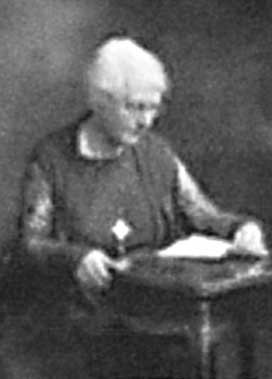 Little was known of the research work of Annie and Walter until ‘the butterfly diagram’, a depiction of the 11 year sunspot cycle which shows the latitudes of sunspots change with each cycle, was identified by Dr Tom Bogdan. In 2000 Bogdan, of the High Altitude Observatory, Boulder, had the original drawings restored and realised the significance of the research work carried out by Annie Maunder.
Little was known of the research work of Annie and Walter until ‘the butterfly diagram’, a depiction of the 11 year sunspot cycle which shows the latitudes of sunspots change with each cycle, was identified by Dr Tom Bogdan. In 2000 Bogdan, of the High Altitude Observatory, Boulder, had the original drawings restored and realised the significance of the research work carried out by Annie Maunder.
Walter and Annie did not have any children, although she helped to bring up the five children Walter had from a previous marriage.
Up to 1916 most of Annie’s research work was published under the name of Walter. During these years of World War I Annie went back to work at the Greenwich Observatory.
Walter died in 1928, aged 76, and Annie survived until the age of 80. She died in Wandsworth in London on 15th September 1947.
Without doubt the name of Annie Scott Dill Maunder, from Derry Road, Strabane, is written in the stars.

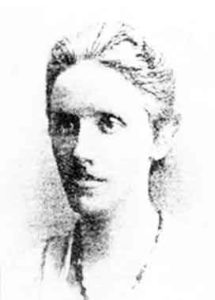
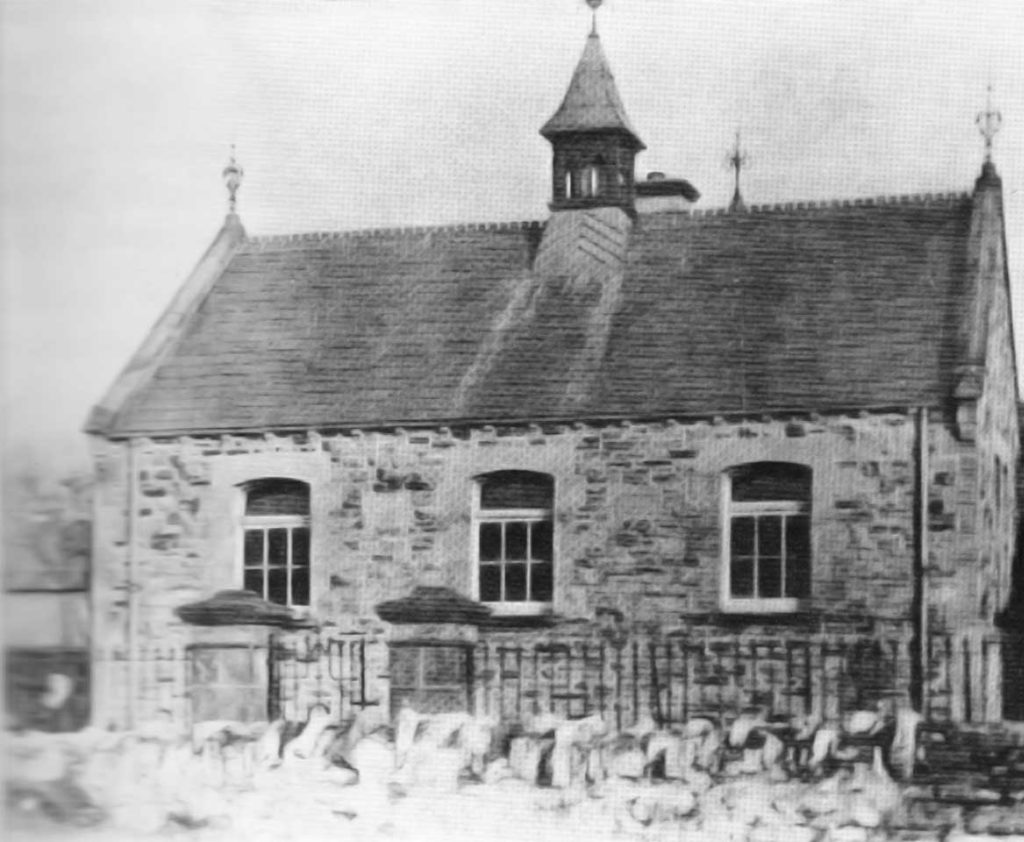
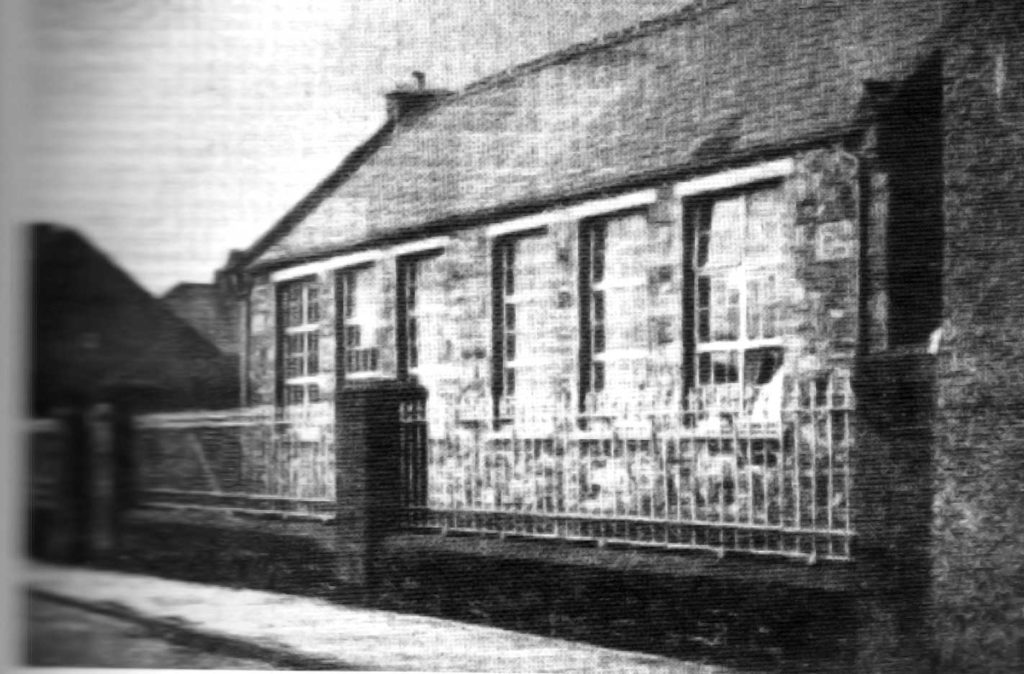
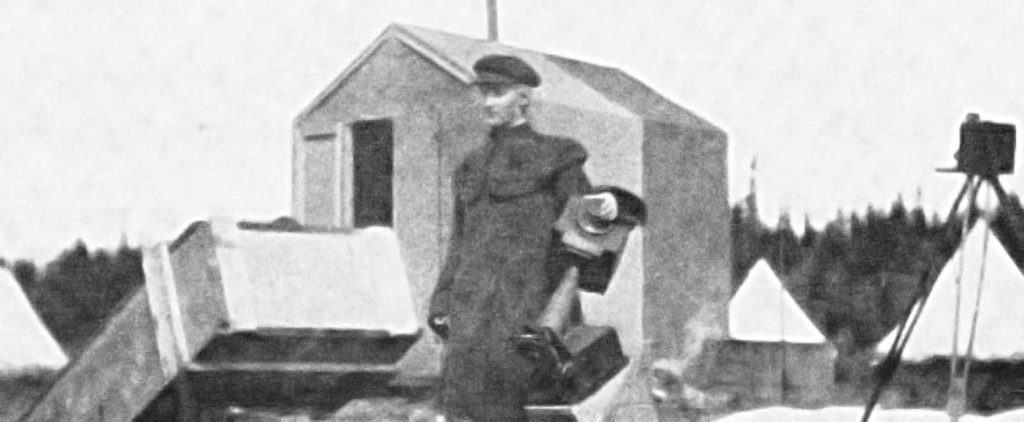
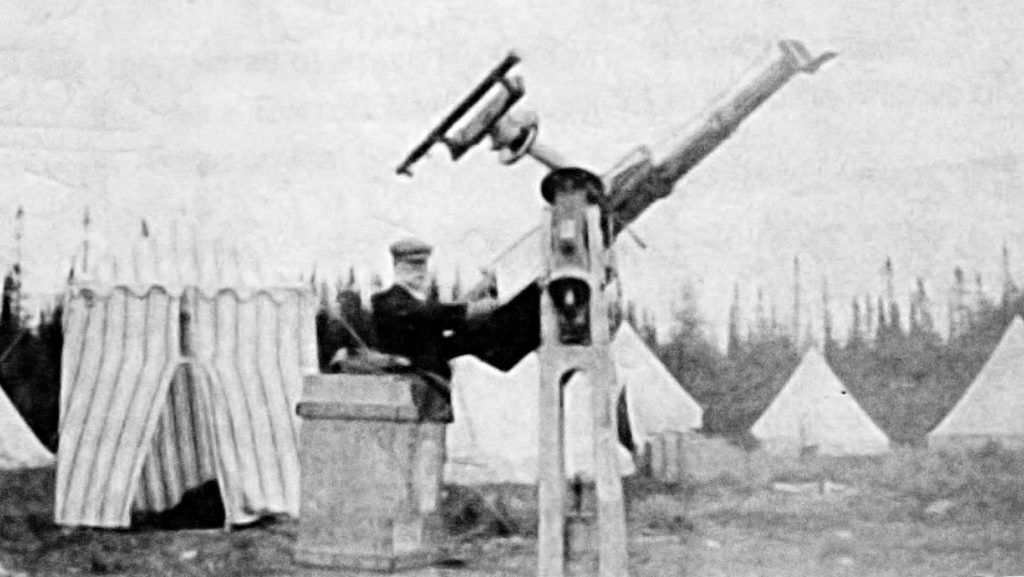
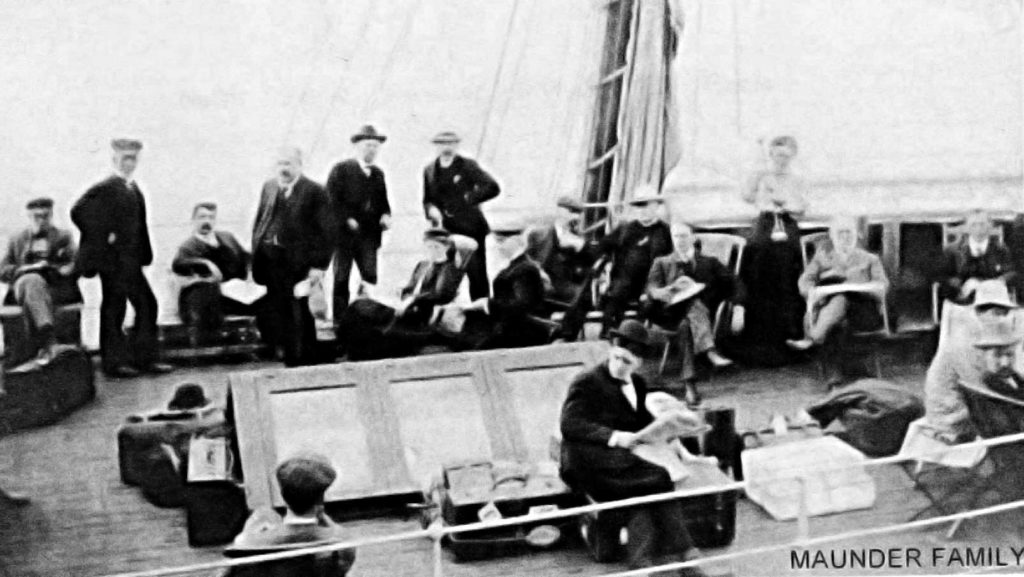
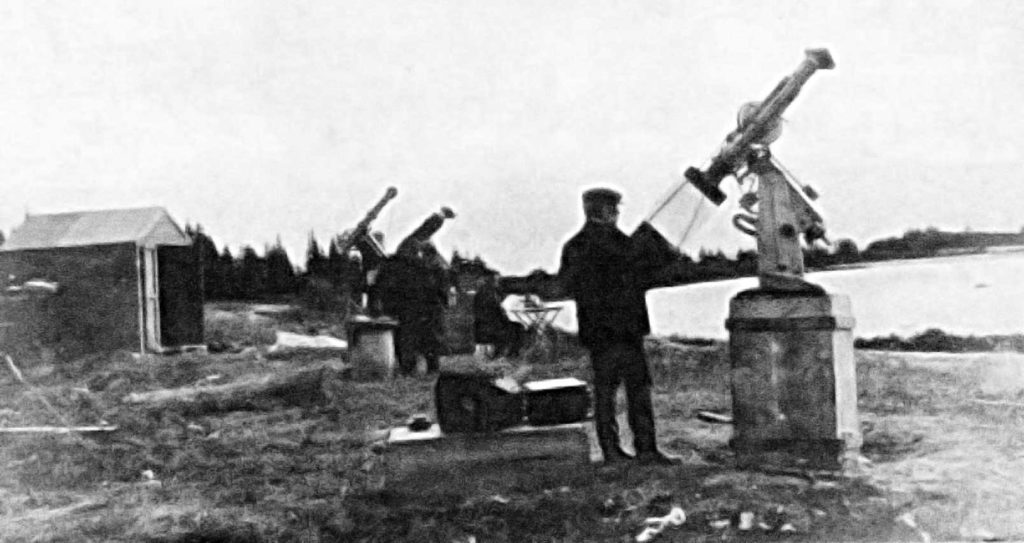
Thank you for this article. I am a descendent through the Dill family of Donegal in Ireland. I am an Australian. I am an astrologer and I wonder if it is in the genes lol!!
Christine Challis
New South Wales
Australia
Not if you are an astrologer!
meaning??
I am a member of the British Astronomical Association, and am in the process of writing articles about both Edward Walter and Annie Scott Dill Maunder. Included in this project is as complete a record as possible of any correspondence and articles either or both have written. If you have any knowledge of any of these I would be interested in knowing about them.
Also, although I know of Edward Walter’s burial place, I do not know of Annie’s, so again any information would be appreciated. All information will be acknowledged.